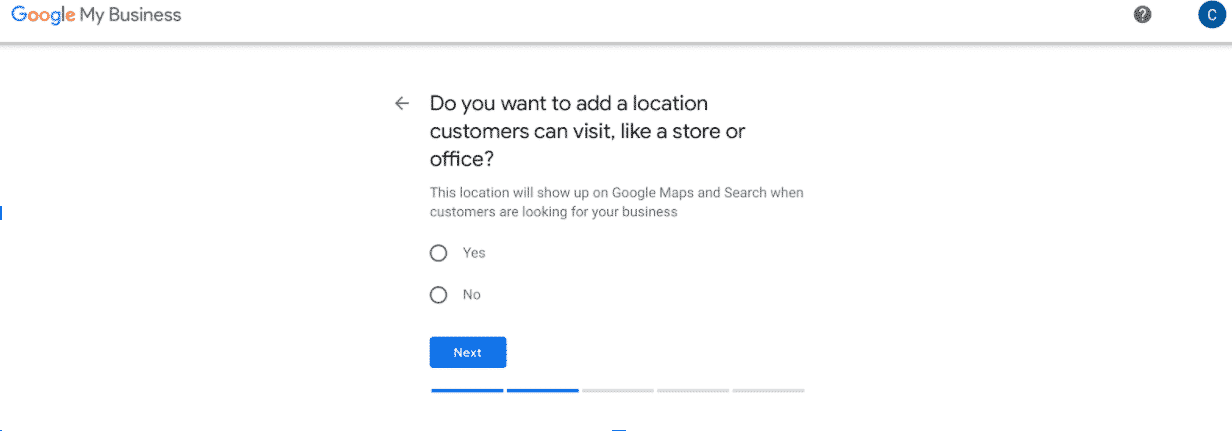How Do I Generate More Highly Qualified Leads For My Business?
How Do I Generate More Highly
Qualified Leads For My Business?
We get asked all the time, “How does SEO help my business generate more leads? How do I start generating more leads with my website?” Sometimes even, “How long does SEO take before you start seeing leads coming in?”
All are great questions here. But let’s answer this first: what is SEO? SEO stands for Search Engine Optimization, and it’s the process of building trust and authority in Google’s eyes in order to increase your rankings and improve visibility on search results. SEO takes time. It’s not an overnight thing that just happens — if it was, everyone and their mama would’ve already done it! It takes patience, dedication and consistency to make it happen.
We’re all about adding as much value to businesses as possible here at Steel Marketing, so we wanted to build & giveaway this free Ultimate SEO Guide that literally walks you through the complete process of all things SEO from start to continued optimization!








